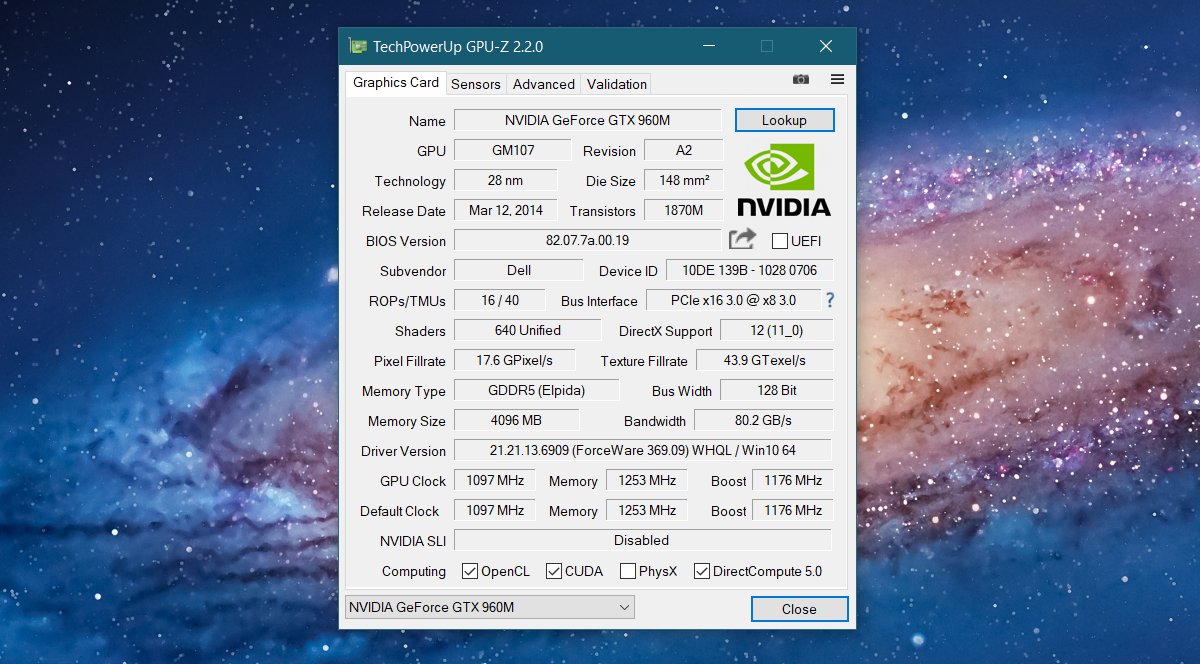Grasping graphic processing units, or GPUs, are essential to anyone seeking to boost their computational experience, be it in game playing, film editing, or designing graphics. With an constantly growing market brimming with a wide range of options, maneuvering GPU specifications can be overwhelming to newcomers. Being informed about how to read these specifications is essential for formulating smart decisions that meet your needs.
This manual intends to simplify the usual terms and specifications pertaining to GPUs. Ranging from clock rates and RAM to core counts and cooling mechanisms, we aim to clarify the commonly complex language of the tech industry. As we wrap up this exploration, you will achieve a clearer understanding of how to choose during your selection of a GPU, enabling you to pick the most suitable one that fits your individual needs.
Comprehending GPU Design
The architecture of a GPU, or GPU, is a key aspect that determines its performance and capabilities. At its core, the GPU is designed to address parallel processing operations, which makes it markedly different from a CPU, which typically concentrates on sequential processing. This design permits the GPU to capably process large chunks of data simultaneously, allowing it to render images and perform complex calculations at high speeds.
One crucial element of GPU structure is the amount of cores it contains. Unlike CPUs, which may have a handful of powerful components, GPUs can have numerous smaller, more efficient cores. These cores function collaboratively to run multiple operations at once, enhancing the effectiveness of visual rendering and other GPU-accelerated activities. The sheer number of cores often has a major role in influencing the GPU's overall performance, particularly in gaming and professional uses.
Another crucial aspect is the memory structure, which includes the type, volume, and bandwidth of the GPU memory. Modern GPUs utilize high-speed memory like GDDR6 or HBM, which allows for accelerated data flow rates and improved performance. The amount of memory directly affects how complex visual elements and larger files can be processed, making it an important specification to evaluate when assessing a GPU for specific tasks or requirements. Grasping these architectural components can lead to better decisions when picking a GPU for gaming, media development, or other rendering applications.

Key Specifications Explained
In the context of evaluating GPU specs, one of the initial aspects to evaluate is the Graphics Processing Unit's number of cores. The core count shows the quantity of processing units for task management. In general, a greater core count leads to superior performance in parallel workload tasks, making it especially important for gameplay and graphic-intensive applications. Comprehending gpuprices helps gamers assess the performance potential of a GPU.
Additionally, essential spec to look at is the VRAM, or Video Random Access Memory. This memory is allocated for maintaining images, textures, and video data that the GPU requires quick access to. A greater VRAM capacity allows for better performance at greater resolutions and detail levels. For game enthusiasts, having sufficient VRAM is crucial to prevent bottlenecks and provide smoother performance, especially when using high-resolution settings or multiple screens.
Lastly, clock speed, measured in megahertz, is an important factor in assessing the effectiveness of a GPU functions. A higher clock speed indicates that the GPU can handle data more rapidly. Nevertheless, it is necessary to remember that clock speed alone does not define performance; it should be considered alongside core count and VRAM to get a full picture of a GPU's performance. Balancing these specs will help users make knowledgeable choices based on their particular requirements and use cases.
Choosing the Right GPU for Your Needs
Selecting the right GPU can considerably affect your computational experience, whether for playing games, creative tasks, or everyday tasks. Initially, think about your specific needs. If you are a gamer looking to play the latest titles at high res and settings and settings, you'll require a powerful GPU with increased clock speeds and plenty of VRAM. For creative professionals working with video editing or 3D rendering, seek GPUs designed for software support and capable of handling intensive workloads.
Your budget also has a critical role in your decision. Determine how much you are ready to spend and research GPUs that fall within that range while fulfilling your performance needs. Keep in mind that the ideal GPU for you isn't necessarily the latest or most expensive model. There are frequently solid mid-range options that provide excellent performance for their price, allowing you to achieve a equilibrium between cost and performance.
Lastly, consider the compatibility of the GPU with your existing hardware. Check the power supply specifications, physical space inside your case, and any compatibility with your motherboard. Ensuring that the GPU will work seamlessly with your system will assist avoid potential issues and guarantee you get the most out of your investment.
